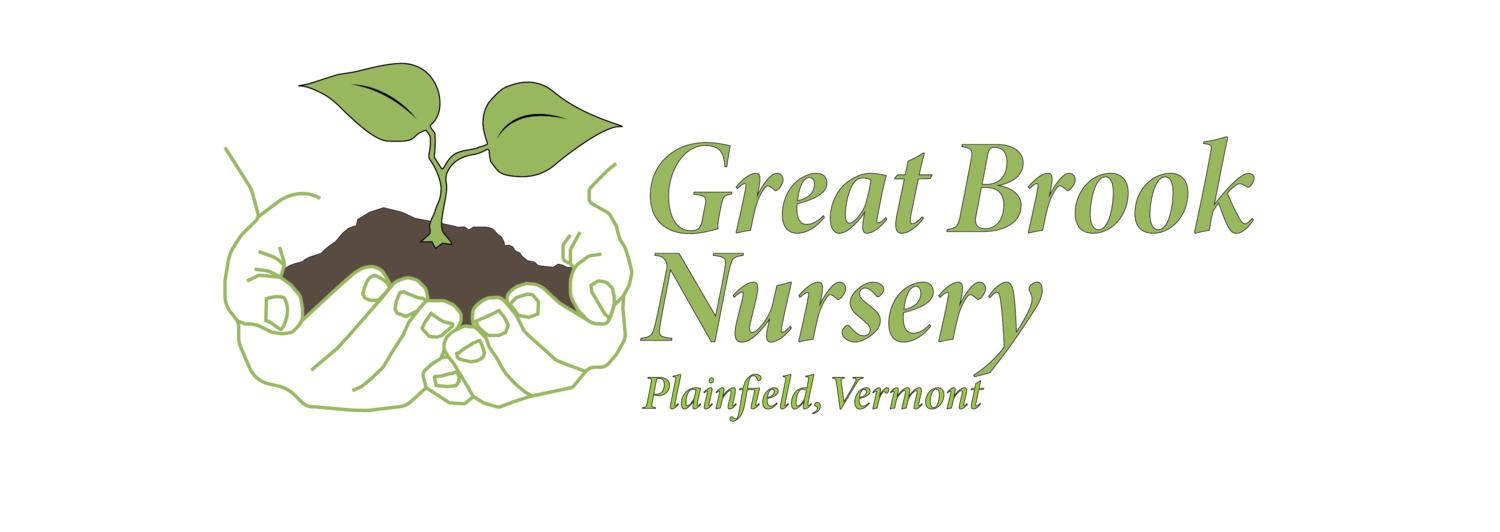Sanguinea Canadensis
Bloodroot is a well known Spring ephemeral of the Northeast America. The flowers come up first in early Spring, pushing through last Fall’s dead leaves, opening with 8-12 white petals surrounding a center of multiple yellow stamens. The leaf comes up a later, first clasping the flower stem, then unfurling into a round, lobed leaf that persists into the midsummer, finally going dormant by late summer. The red roots for which the plant gets its name, grow just under the soil surface and can slowly and nicely colonize a large area. Though the roots have been used by people for multiple purposes, the red dye in the root that will stain your hands, is caustic and considered toxic. The plant is difficult to propagate, making ethically produced nursery stock difficult to come by. The seeds are scattered by ants that are attracted to the nutritious elaiosomes attached to the seed. They drag the seeds into their nests for this food source, then discard the scarified seeds into their waste piles, thereby planting them into a rich soil. This system is well named ‘myrmecochory’, from the Greek ‘myrecks’ meaning ant and ‘khoreia’ a circular dance. A perfect word that beautifully illustrates this complex system. I have been watching a patch for several years through the seasons. In 2020, going with the idea that planys left to their own devices propagate themselves, I went back to the patch in late Summer and found hundreds of tiny seedlings throughout the patch. I was able to lift them out without disturbing the delicate root network of the parent plants. I distributed these little seedlings into a flat with the idea of creating my own nursery stock without harvesting mature plants from the wild.
Poking up through last seasons leaves.
A handful of the seed pods.
Seedlings coming up through the patch of bloodroot.
These are the dormant root seedlings I was able to lift out of the patch in late August.
Bloodroot cane be a variable species because of the vagaries of seed. This is the cherished double flowered cultivar 'multi plena'. Popping up in nature every now and then, it has become a sought after variety.
These flowers are sterile, so they can only be propagated vegetatively. Patches can persist for a long time, but can peter out over time. The 'double' variant is a flower that has given up its sexual parts to make more flower petals. Giving up the ability to propagate itself for beauty admired by the attentive eye.








